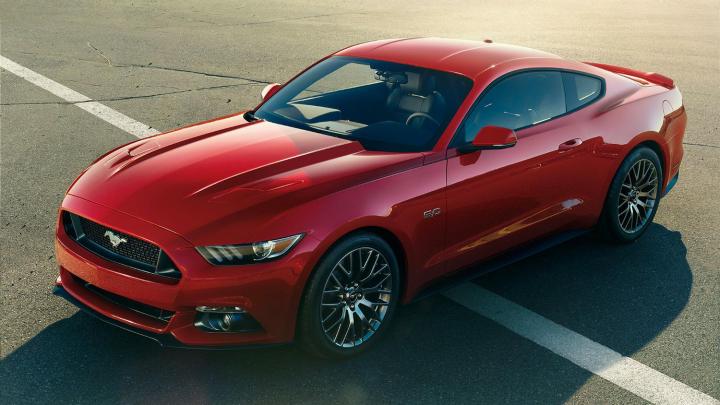
Since its unveiling last week, fans and journalists alike have been poring over every detail of the redesigned 2015 Ford Mustang, but apparently there’s one feature that’s still a secret.
Motor Authority reports that the 2015 Mustang will be offered with a burnout control feature. That’s right: a system that helps the driver easily execute a perfect burnout. What’s next? A wheelie-assist feature? We hope so.
Ford wouldn’t say exactly how it works but the system would essentially be launch control for burnouts. The car’s electronics could make up for the driver’s lack of skill, and theoretically the whole thing could be switched on and off. After all, you wouldn’t want to pull up to the drive-in ATM in burnout mode … OK you might, but we don’t recommend it.
Burnout control might win back the drag racers Ford disappointed when it equipped the 2015 Mustang with independent rear suspension. Or it might just annoy them by bringing an electronic nanny into the mix.
The majority of drivers will probably find it to be a handy a feature. While electronic driver aids have taken some of the fun out of driving, they also help bridge the gap between the performance of modern cars and the average driver’s lack of ability to handle it.
The new system should be available when the 2015 Mustang launches early next year, but will that be it? Who knows what other secret features Ford has incorporated into its latest pony car. Maybe there’s a button marked “rocket launcher” hidden somewhere in that redesigned interior.
What secret feature would you like to see on the 2015 Mustang? Tell us in the comments.


